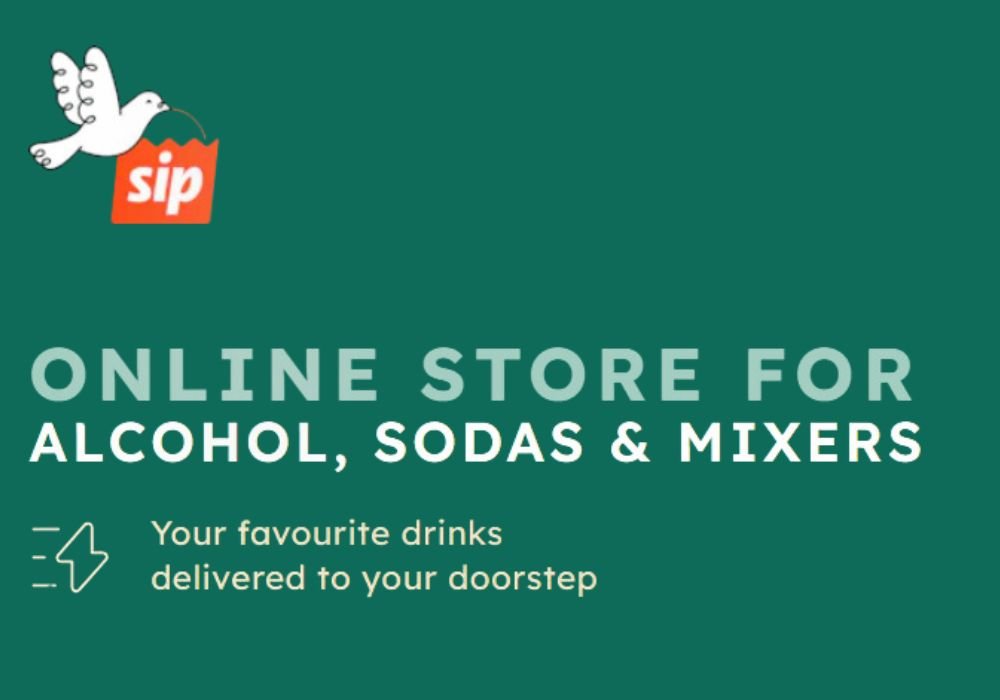Key Trends Reshaping Beer Industry in 2024

In 2024, the beer industry is poised to embrace several key trends that cater to evolving consumer preferences and industry demands. Here’s a look at what’s anticipated to shape the landscape:
Rise of Low ABV Options:
A trend that has gained momentum in recent years is the increasing popularity of alcohol-free or low alcohol by volume (ABV) beers. The global market for low-alcohol beer has experienced notable growth in recent years, driven by the increasing trend of health-consciousness among consumers. The growing awareness regarding the detrimental effects of excessive alcohol consumption and the aspiration for a healthier lifestyle has resulted in an upswing in the demand for low-alcohol beverages.
Brewed similarly to regular beer, these options have their alcohol content removed through methods like reverse osmosis, vacuum distillation, or halting fermentation before alcohol levels rise significantly. Resulting in a beer that mirrors the taste and appearance of traditional counterparts, these beverages boast less than 0.5% ABV. Some brands have innovatively embraced the trend by introducing hop water, a sparkling non-alcoholic beverage featuring hops. For example, breweries are focusing on non-alcoholic beers that closely mimic the taste of traditional beer, exemplified by Heineken’s 0.0 Non-Alcoholic lager.

Brewing Beyond Beer:
In addition to incorporating non-alcoholic beers into their portfolios, many breweries are venturing into or expanding their offerings to include beverages beyond beer. This diversification includes hard seltzers, hard kombucha, and ready-to-drink cocktails, addressing a broader spectrum of consumer preferences and tapping into emerging beverage trends.For example, Bira 91, the world’s fastest-growing premium beer company, last year forayed into theHard Seltzers category with the launch of ‘Grizly’ Hard Seltzer Ale. The launch comes shortly after the introduction of ‘Hill Station’ Hard Cider Ale and is part of the brand’s ambition to move beyond beers to cater to the evolving preferences of young consumers.

Seasonal Releases Take Center Stage:
Anticipated to maintain their popularity, seasonal beers will be a top choice for consumers in 2024. There is a noticeable trend towards beers and brews that deviate from the conventional beer taste. In recent years, sour beers, in particular, have amassed a dedicated following, with breweries attributing their increasing impact. From Oktoberfest brews to pumpkin-infused options, breweries are capitalising on season-specific fruity notes to cater to diverse tastes. Some brands are cultivating a craze following around limited seasonal releases, creating a sense of anticipation and exclusivity. For exmaple, Bira 91 introduced a special edition called ‘Imagined in India,’ featuring four unique seasonal beers inspired by local ingredients and vibrant culture. The lineup includes a Bollywood IPA, a Kokum Sour incorporating the indigenous kokum fruit from India’s Konkan coast, a rich Brown Ale, and a Mango Lassi fusion, combining Bira’s Wheat Ale with a distinctive “milkshake beer.”

Commitment to Sustainable Packaging:
Reflecting a broader industry shift, the beer sector is set to intensify its commitment to sustainable practices in 2024. Through diligent monitoring of water usage, embracing renewable technologies, and transitioning to recyclable packaging, alcohol brands nationwide are striving for a more sustainable future. A notable transformation has occurred by replacing plastic rings with cardboard for securing beer cans. In a bid to eradicate single-use plastic, beer brands are opting for sustainably sourced, recyclable, and biodegradable cardboard for can packaging. For instance, in 2022, Corona, the global beer brand, introduced an innovative six-pack in India made entirely from 100% barley straw. This groundbreaking circular packaging, a first of its kind, repurposes surplus barley straw, aligning with Corona’s commitment to preserving nature. The eco-friendly six-pack requires one-third of the water used in traditional methods and helps prevent approximately 1,400kg of CO2 emissions per tonne of packaging.
This innovative approach, coupled with other waste-reducing advancements, has the potential to globally decrease plastic waste by over 1,200 tonnes annually, equivalent to 60 million plastic bags. Eco-friendly breweries are setting higher standards by adopting biodegradable or compostable packaging for their products. While transitioning entirely to sustainable packaging represents a comprehensive process, the industry is making strides towards minimising its environmental footprint.

As the beer industry continues to evolve, these trends signal a dynamic landscape where brewers are not only meeting current demands but also innovating to anticipate and shape future consumer preferences.



